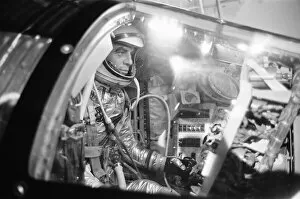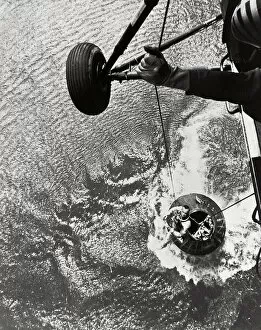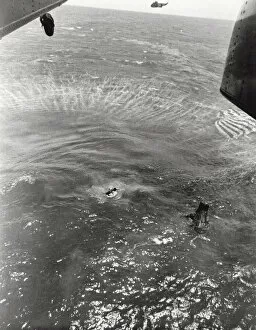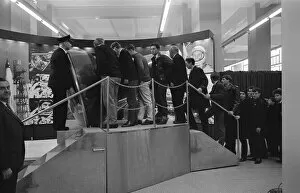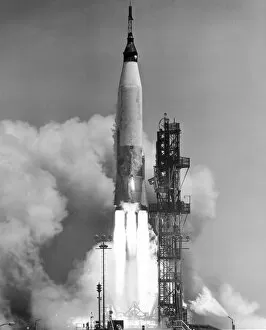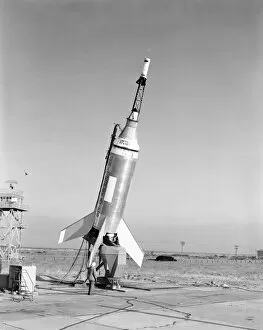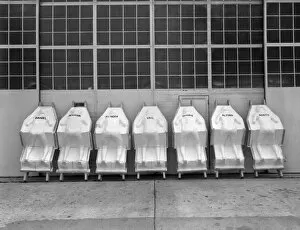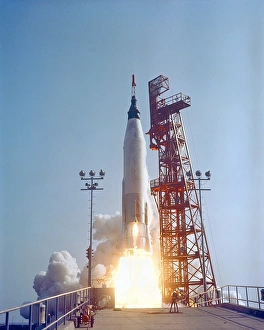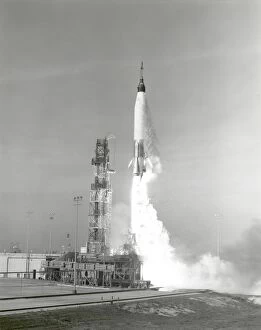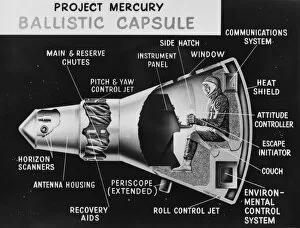Project Mercury Collection
"Project Mercury: Pioneering the Path to Space Exploration" In the early 1960s
All Professionally Made to Order for Quick Shipping
"Project Mercury: Pioneering the Path to Space Exploration" In the early 1960s, Project Mercury marked a significant milestone in human history as it propelled mankind towards the stars. This ambitious endeavor, led by NASA and supported by various organizations like Honeywell, showcased remarkable achievements that would forever change our understanding of space. One such accomplishment was the development of the Earth Path Indicator during the Mercury 4 mission in 1961. Created by Honeywell, this innovative device allowed astronauts to accurately navigate their spacecraft through Earth's orbit, paving the way for future space missions. The Little Joe 5B High-Q-Abort Test conducted in the same year demonstrated NASA's commitment to safety and reliability. Designed to simulate emergency situations during launch, this test proved crucial in ensuring astronaut well-being and mission success. Recognition for these groundbreaking efforts came when Mercury Astronauts were honored with the prestigious Collier Trophy at a ceremony held at White House in Washington D. C. , USA, in 1963. This accolade celebrated their bravery and dedication to pushing boundaries beyond what was previously thought possible. The iconic image of Alan Shepard being hoisted from his Mercury capsule symbolizes both triumph and resilience. Captured by NASA during Shepard's historic flight in 1961, it serves as a testament to human determination amidst challenging conditions. Mercury On Deck captures another pivotal moment as astronauts prepare for their missions on board these revolutionary spacecraft. The photograph taken in 1963 showcases meticulous preparations undertaken by NASA personnel before each launch – an essential aspect of ensuring crew safety and mission success. However, not all moments were filled with triumph; setbacks were also part of this extraordinary journey. The MA-1 capsule explosion incident that occurred in 1960 stands as a stark reminder of how complex space exploration can be. Yet even from failure arose valuable lessons that contributed to subsequent successes. Recovery operations played an integral role throughout Project Mercury's lifespan.


